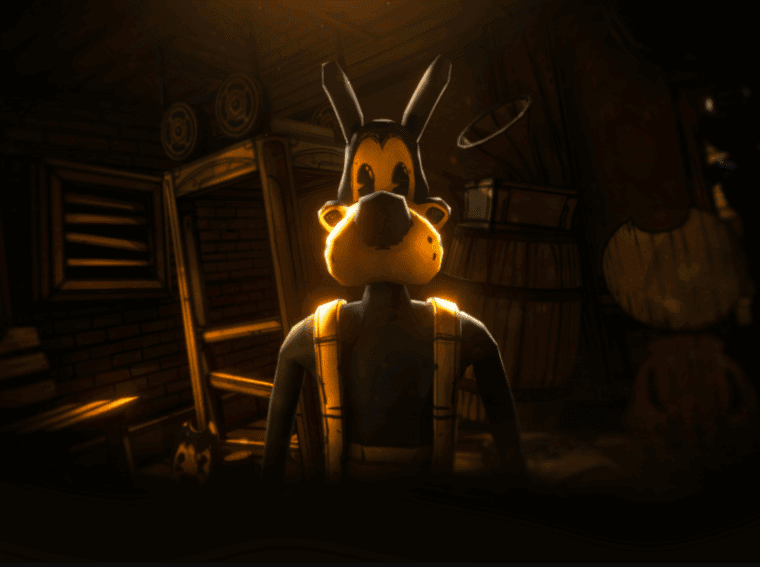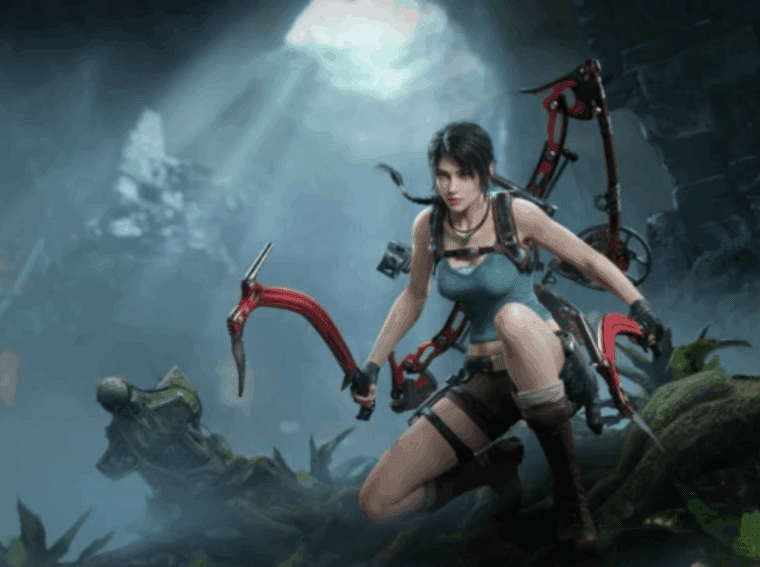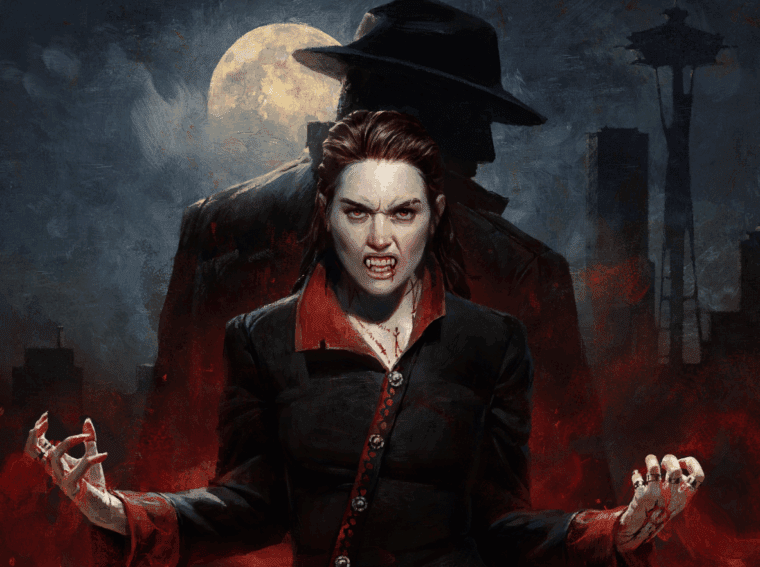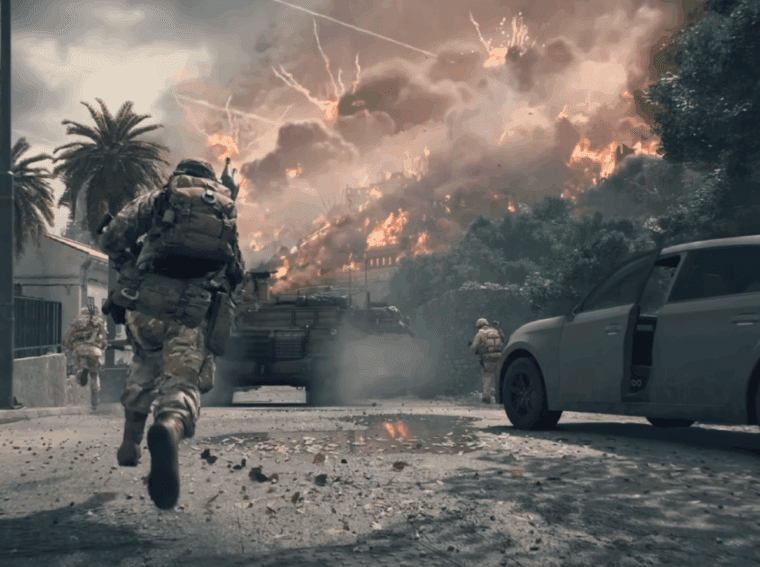’ve been into the Bendy series since it first started, and honestly, it always stood out to me. Unlike other horror games that follow the same formula, Bendy has always experimented with new formats. It began as a small independent project, slowly grew into a franchise, and now has its own fan base that treats it almost like a cult classic.
Over the years, the series has tried many different things. There were spin-offs, mainline story chapters, and even that one mobile game, which quietly disappeared after a while. I still remember when Boris and the Dark Survival came out. It was a small game, but it really got me addicted. I would sit down for a quick 20-minute session and suddenly realize it was three in the morning. The simple loop of running, hiding, and collecting supplies was both frustrating and exciting.
Now we have Bendy: Lone Wolf, which feels like the polished version of that earlier survival game. It’s not a full sequel and not a total reboot either. I’d describe it as a reworked edition that adds enough new elements to feel fresh. Imagine meeting an old friend who now has a better style and more confidence. The core personality is the same, but the overall presence feels improved.
Stepping Into Boris’s Shoes
This time, you play as Boris the Wolf. In the earlier games, Boris was more of a side character. But now, he’s front and center as the main character of his own survival story. The concept is simple yet tense: Boris is stuck in a cursed cartoon studio that keeps changing. He has to collect supplies, find weapons, and uncover small pieces of lore, all while being hunted by the terrifying Ink Demon.
What makes this more interesting is the way the story is told. You don’t get long cutscenes or heavy narration. Instead, the game lets you discover things naturally through audio tapes, collectibles, and the environment itself. As someone who played the earlier Bendy titles, this felt rewarding because every little detail added more context to the world. For newcomers, though, it might feel confusing, like starting a show in the middle of season four. Even if you don’t fully understand everything, the creepy atmosphere makes the experience enjoyable.
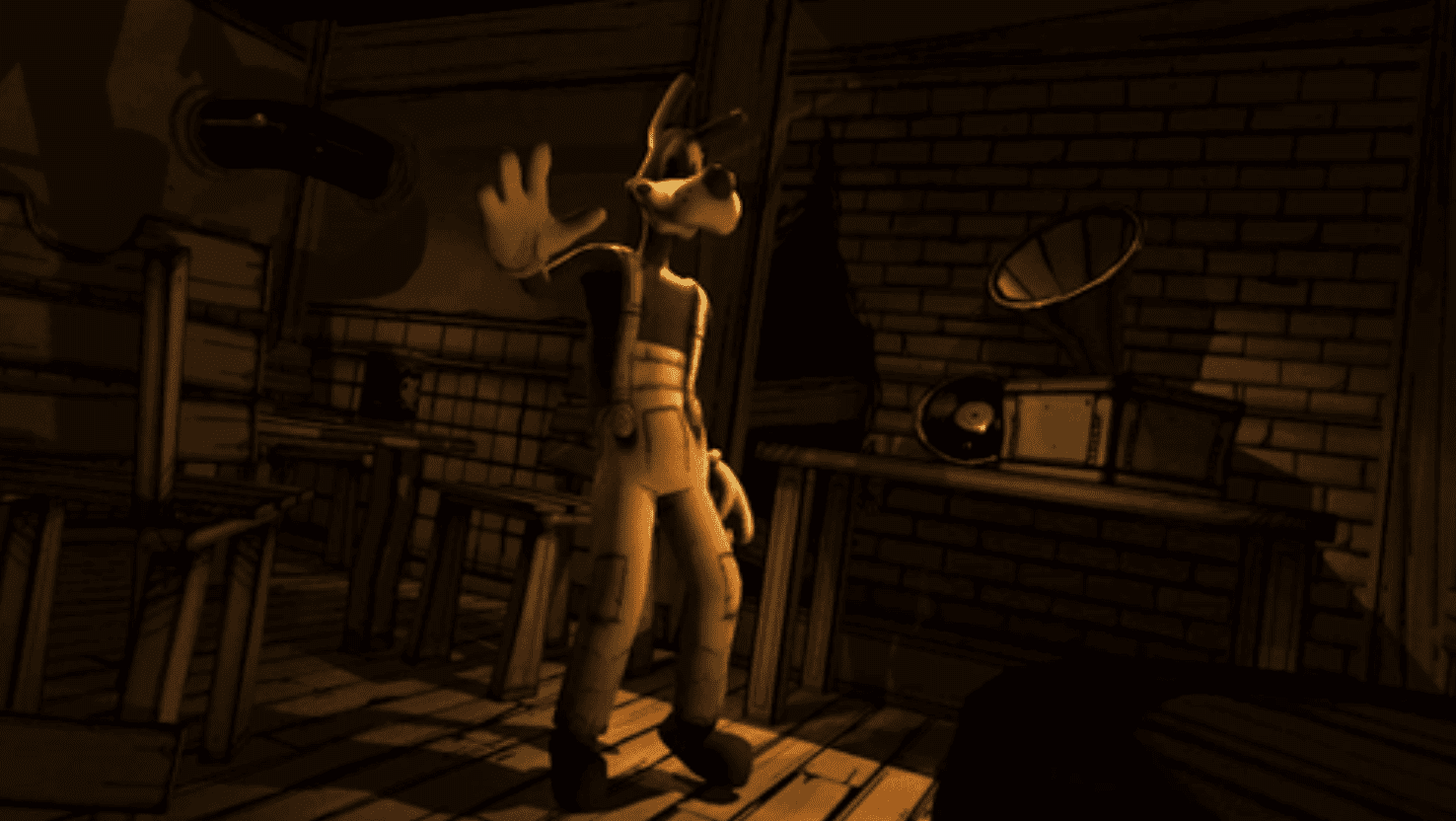
Gameplay Loop
The structure of the game is very familiar if you’ve played Boris and the Dark Survival. Each run begins in a safehouse. From there, you go down an elevator into procedurally generated levels. Your goal is simple: gather supplies, dodge enemies, survive, and make it back to safety.
It might sound straightforward, but the thrill comes from the unpredictability of the Ink Demon. Hearing its heavy, sticky footsteps echoing through the halls always gave me a chill. Even when I knew I was safe, I couldn’t shake off the tension.
Between runs, the safehouse feels much better this time. It’s larger, has more details, and gives you that sense of progression. For me, it worked as a nice break from the constant running and hiding.
Combat and Weapons
One area where the game doesn’t change much is combat. Enemies can usually be taken down by hitting them a few times with any weapon. While the developers added more weapon options, they don’t really feel different from each other. They’re more like reskins. Damage stays the same, so the choice mostly comes down to looks.
This simplicity makes combat one of the weaker parts of the game. There’s no parry system, no special attacks, nothing that forces you to think strategically. It’s just swing until the enemy falls. For a game that’s built on tension and fear, this shallow combat system sometimes breaks the mood.
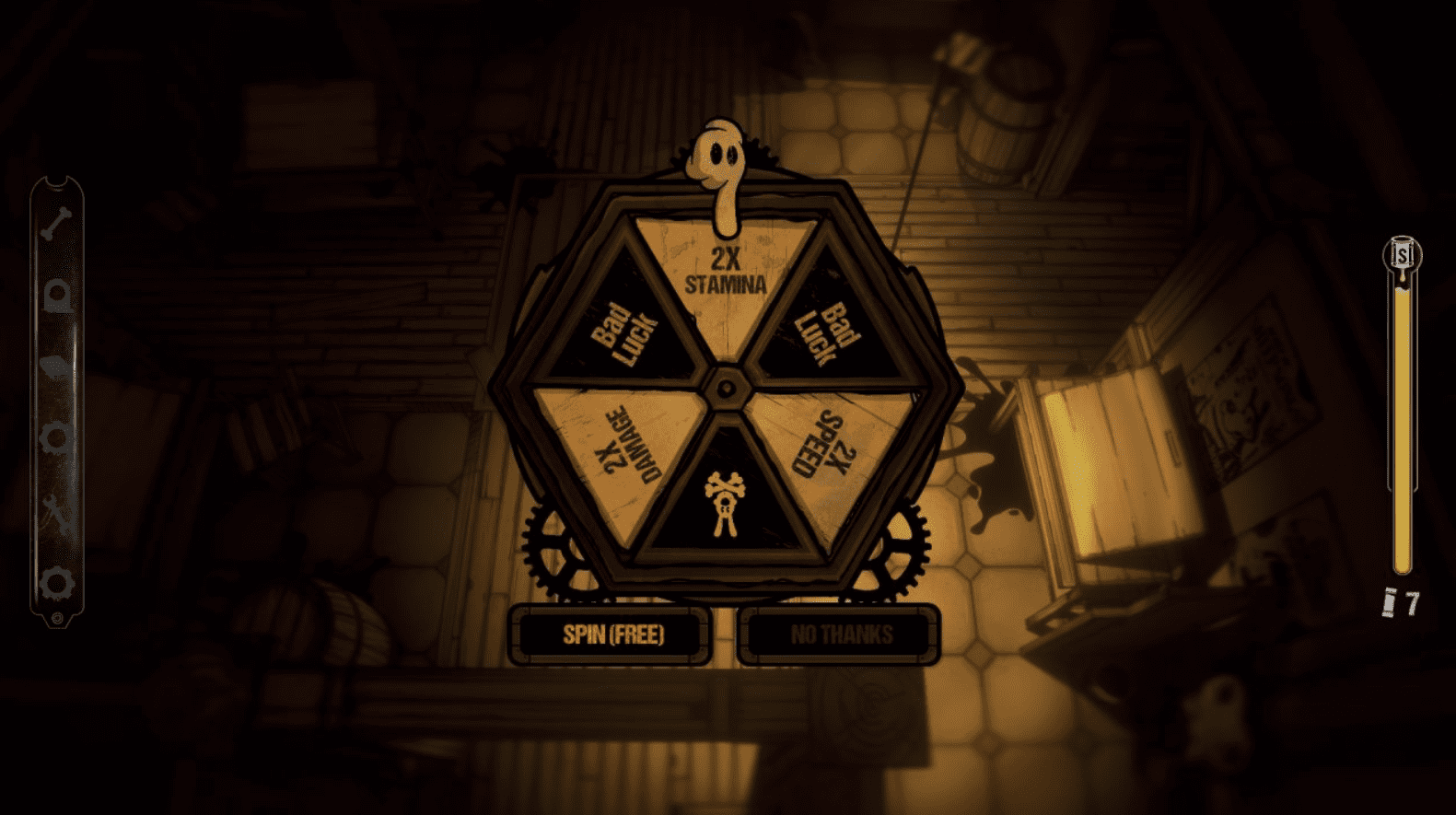
Puzzles and Stealth Mechanics
What I did enjoy were the puzzles. They aren’t overly complicated, but they appear at the right times to break up the constant running. They act more like short breaks that give you breathing space rather than something that slows you down for hours.
Stealth is still the core survival mechanic. In most cases, it’s smarter to avoid the Ink Demon completely. You’ll rely on Miracle Stations, which are small hiding spots where you can catch your breath until the danger passes.
The problem is that the AI becomes predictable. After a few runs, I started recognizing the Demon’s patterns. It often feels more like avoiding a security guard than escaping a true monster. This predictability takes away some of the fear, which was a little disappointing.
Procedural Levels and Difficulty
Since the game uses procedural generation, every run feels different. Some levels are extremely tough, full of dead ends and limited hiding spots. Other times, you get an easy layout where everything is right in front of you.
Personally, I had fun with the randomness, but it can also get frustrating. Some deaths felt unfair, like the game just didn’t give me enough tools to survive. On the other hand, the unpredictability kept me on edge, which fits the horror vibe.
Graphics and Visual Style
One of the biggest improvements in Lone Wolf is how it looks. The cartoon horror art style feels sharper, more polished, and more immersive than ever before. The lighting is darker and more dramatic, textures are improved, and overall, the game looks more refined.
The addition of camera rotation is the best upgrade. In Boris and the Dark Survival, you were stuck with a fixed view. While it had charm, it also felt restrictive. Now, being able to rotate the camera makes exploring smoother and helps you react faster when enemies appear.
Sound and Atmosphere
The sound design is another highlight. Playing with headphones, I felt fully absorbed. The creaks of the studio, distant footsteps, and the Ink Demon’s growls always kept me uneasy. The soundtrack doesn’t give you songs to hum later, but that’s not the goal here. Its main purpose is to build suspense, and it does that well.
Voice acting is limited to audio logs, which works for the mysterious tone but also limits emotional depth. Still, the sound design overall succeeds in pulling you deeper into the world.
At the end of the day, Bendy: Lone Wolf feels like a refined version of Boris and the Dark Survival. It doesn’t completely reinvent the formula, but it polishes almost every aspect. The safehouse feels better, puzzles are smoother, graphics are sharper, and the camera upgrade makes a big difference.
The weaknesses are still there, though. Combat remains shallow, and the AI can become predictable over time. But if you’re a fan of the series, I think it’s worth your time. The price feels fair, especially since it’s free if you own the original.
Personally, I see it as a game best played in short sessions late at night. It’s not the kind of survival horror that will keep you busy for weeks, but it offers enough chills, lore, and tension to make you come back for “just one more run.” You may also be interested in: Cyberpunk 2 Confirmed: Night City Is Out, Chicago Takes the Stage

